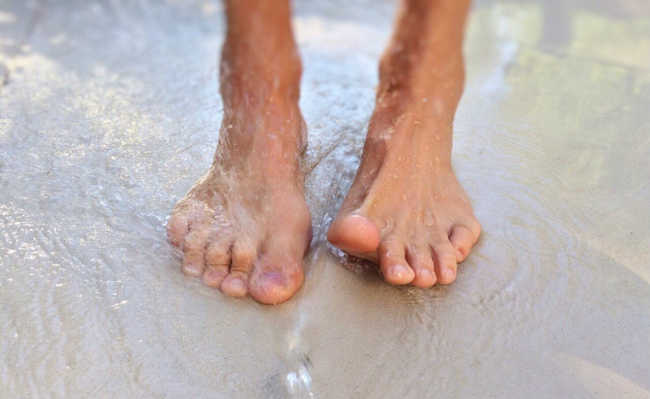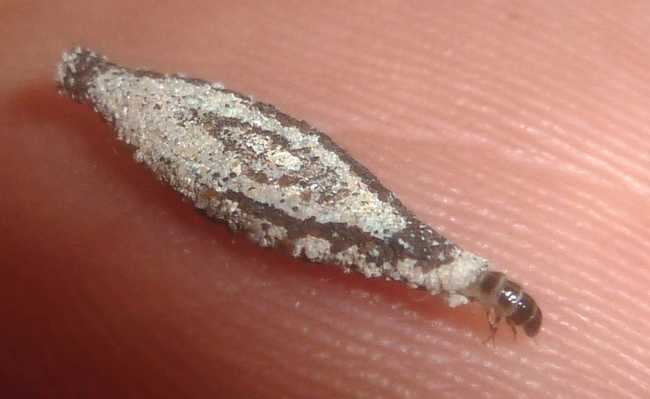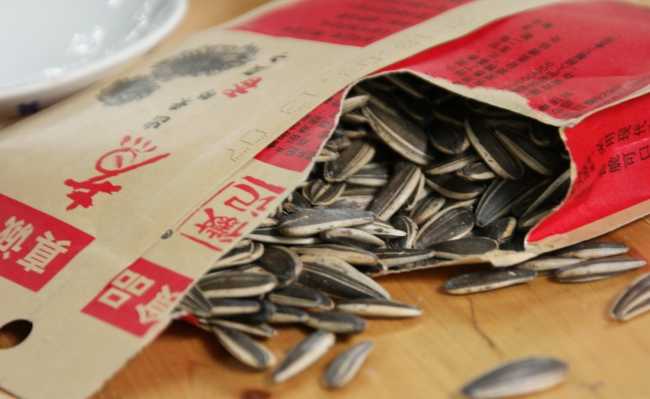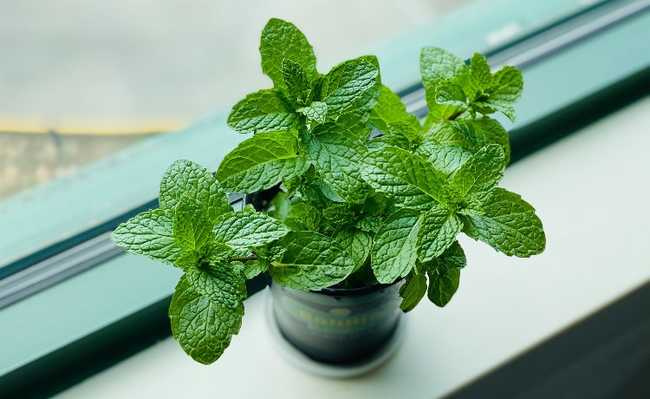The properties of toothpaste and the environment
Although useful for cleaning teeth, toothpaste can have not-so-good consequences for the environment.

Toothpaste, toothpaste or toothpaste is a cream used in oral hygiene, usually used with a toothbrush. Its earliest record is an Egyptian manuscript in the 4th century BC that made reference to a paste made from salt, pepper, mint leaves and iris flowers. However, toothpaste reached the general public only in the 19th century with the American dentist Washington Sheffield.
In addition to being a necessary habit to maintain oral health, brushing your teeth is a pleasurable measure, as it also leaves your breath refreshing. However, you can't be so relaxed, as some damage to health and the environment can be caused by toothpaste, also known as toothpaste. There are basically three main substances that make up this item so used in everyday life. Check out what toothpaste is made of below:
Fluorine
It is widely used to maintain oral health. It is absorbed by tooth enamel during the process of replacing calcium and phosphorus, lost due to wear caused by the acids released after feeding. It helps to reduce this loss and, consequently, increase resistance to tooth decay.
Fluoride sources are basically drinking water and foods that have been produced and processed with fluoridated water, in addition to toothpaste. Despite being necessary to the body, fluoride, when in excess, can cause white stains on teeth, osteoporosis and even death from poisoning. Fluoride is a toxic element to humans and nature, which also suffers damage when it is carried away by sewage (see more here and here).
Sodium lauryl ether sulfate
It is the cleaning agent present in toothpaste. When this substance ends up in rivers and lakes through the discharge of sewage, it reduces the availability of elements in the water necessary for life in the specific habitat, causing the death of living organisms of different trophic levels.
Triclosan
It is used to fight the growth of bacteria in the pastes, but it can cause allergic reactions in humans. In addition, several studies have been conducted and show that this substance can weaken muscle cells in our bodies, as well as causing complications to fish. And when dumped into rivers and lakes via sewage, it promotes the selection of more resistant bacteria, causing other habitat and animal disturbances as well (learn more here and here).
The toothpaste packaging uses plastic (75%) and aluminum (25%), in addition to the cardboard box that protects the tube on supermarket shelves. All of this generates waste, but it can be recycled. Here's where to properly dispose of them.








